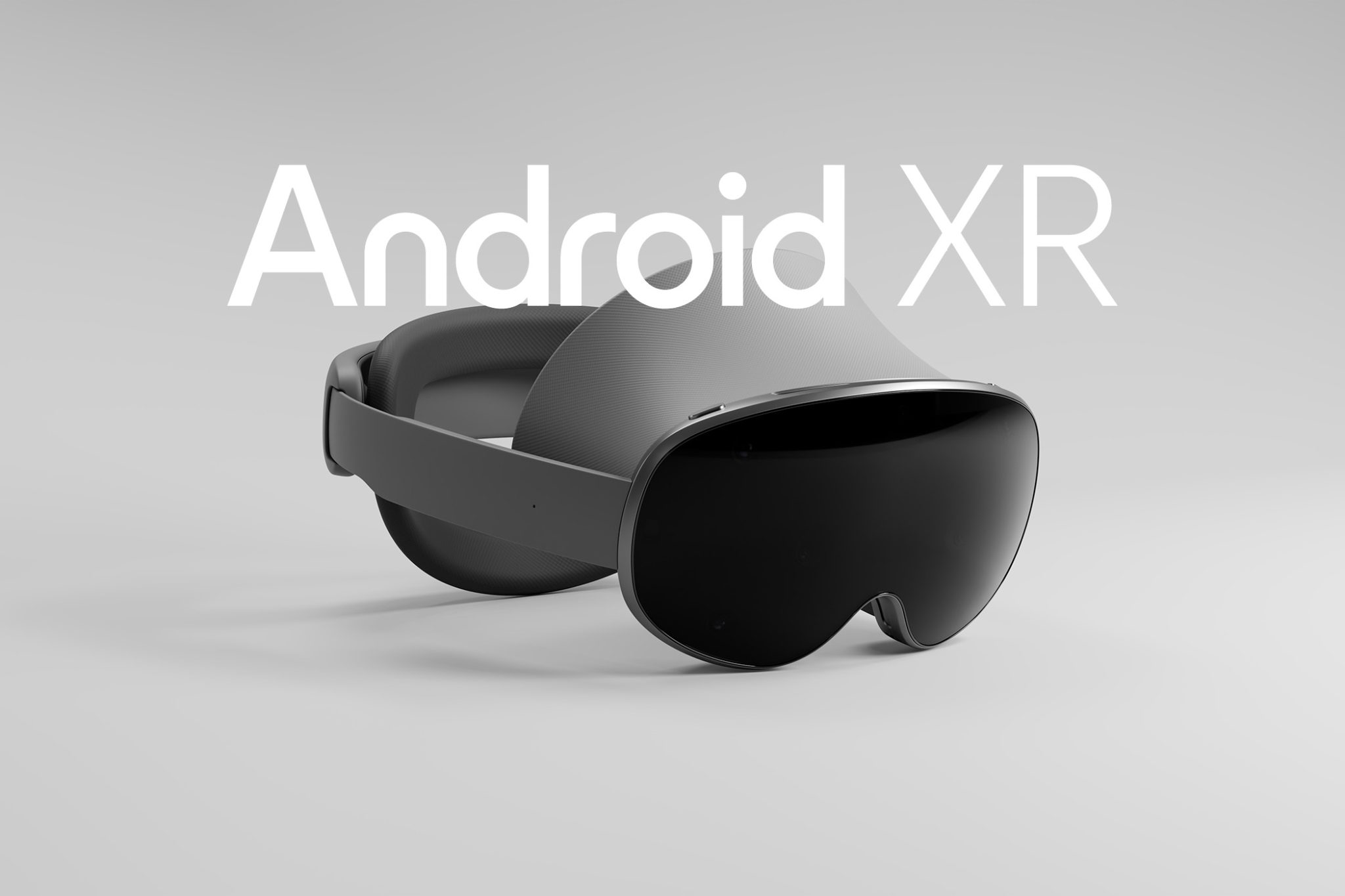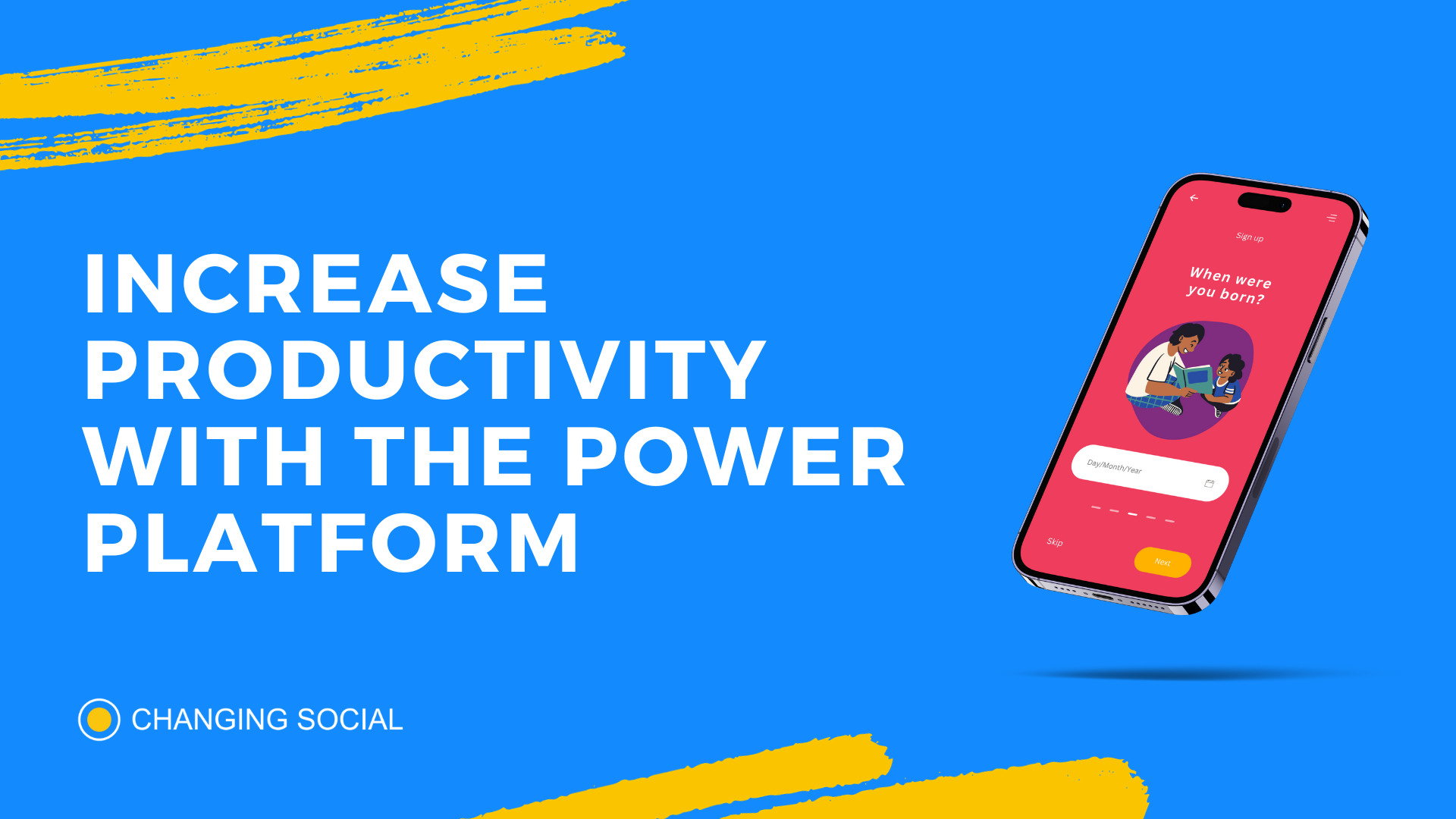In today's interconnected world, the RemoteIoT platform Android has emerged as a groundbreaking solution for managing IoT devices remotely. It enables users to control, monitor, and automate smart devices from anywhere in the world using an Android-powered smartphone or tablet. This innovative platform has revolutionized the way we interact with IoT technology, making it accessible and user-friendly for both individuals and businesses.
As the Internet of Things continues to grow exponentially, the need for efficient remote management systems has become increasingly important. The RemoteIoT platform Android addresses this need by offering a comprehensive suite of tools and features that simplify IoT device management. From smart homes to industrial automation, this platform provides endless possibilities for enhancing connectivity and improving productivity.
This article will explore the capabilities of the RemoteIoT platform Android, its benefits, and how it can transform the way we interact with IoT devices. We will also delve into its technical aspects, use cases, and provide expert insights to help you make informed decisions about implementing this platform in your projects.
Read also:Everything You Need To Know About Hd Movies A Comprehensive Guide
Table of Contents
- Overview of RemoteIoT Platform Android
- Key Benefits of RemoteIoT Platform Android
- Core Features of RemoteIoT Platform Android
- Understanding the Architecture of RemoteIoT Platform Android
- Real-World Use Cases of RemoteIoT Platform Android
- Setting Up RemoteIoT Platform Android
- Ensuring Security in RemoteIoT Platform Android
- Comparing RemoteIoT Platform Android with Other Solutions
- Challenges and Solutions in Using RemoteIoT Platform Android
- The Future of RemoteIoT Platform Android
Overview of RemoteIoT Platform Android
The RemoteIoT platform Android serves as a central hub for managing IoT devices remotely. It is designed to provide seamless connectivity between devices and users, regardless of their location. This platform leverages the power of Android to create an intuitive interface that allows users to control smart devices with ease.
What is RemoteIoT?
RemoteIoT refers to a comprehensive solution for remote IoT management. It combines hardware, software, and cloud services to create a robust ecosystem that supports various IoT applications. By integrating with Android, the platform enhances its usability and accessibility, making it suitable for a wide range of users.
Why Choose Android for IoT Management?
Android is one of the most popular operating systems globally, with millions of active users. Its open-source nature and extensive developer community make it an ideal choice for IoT applications. Additionally, Android's compatibility with a wide range of devices ensures that the RemoteIoT platform can be accessed from virtually any smartphone or tablet.
Key Benefits of RemoteIoT Platform Android
The RemoteIoT platform Android offers numerous advantages that set it apart from other IoT management solutions. These benefits include enhanced connectivity, improved security, and increased efficiency.
- Seamless Connectivity: The platform ensures reliable communication between devices, even in low-bandwidth environments.
- Advanced Security Features: With built-in encryption and authentication protocols, the platform protects sensitive data from unauthorized access.
- Cost-Effective Solution: By leveraging existing Android devices, users can reduce the costs associated with purchasing dedicated hardware.
- Scalability: The platform can easily scale to accommodate growing numbers of devices and users, making it suitable for both small-scale projects and large-scale deployments.
Core Features of RemoteIoT Platform Android
The RemoteIoT platform Android is packed with features that enhance its functionality and usability. Some of the standout features include:
Device Management
The platform allows users to manage multiple IoT devices from a single interface. This includes configuring settings, monitoring performance, and updating firmware.
Read also:Exploring The World Of Manwhasmen A Deep Dive Into The Rising Trend
Real-Time Monitoring
With real-time monitoring capabilities, users can stay informed about the status of their IoT devices at all times. This feature is particularly useful for applications such as home automation, where immediate feedback is essential.
Automation Capabilities
The RemoteIoT platform Android supports automation rules that enable users to automate tasks based on specific conditions or schedules. For example, users can set up their smart lights to turn on automatically at sunset.
Understanding the Architecture of RemoteIoT Platform Android
The architecture of the RemoteIoT platform Android is designed to ensure efficient communication between devices and users. It consists of three main components: the client application, the server, and the IoT devices themselves.
Client Application
The client application, which runs on Android devices, provides users with an intuitive interface for managing their IoT devices. It communicates with the server using secure protocols such as HTTPS or MQTT.
Server
The server acts as a bridge between the client application and the IoT devices. It processes requests from the client application and sends commands to the devices. Additionally, the server stores data collected from the devices for analysis and reporting purposes.
IoT Devices
The IoT devices are the physical components of the system that interact with the environment. They communicate with the server using various communication protocols such as Wi-Fi, Bluetooth, or Zigbee.
Real-World Use Cases of RemoteIoT Platform Android
The RemoteIoT platform Android has numerous applications across various industries. Below are some real-world use cases:
Smart Home Automation
Users can control smart home devices such as lights, thermostats, and security systems from their Android devices. This enhances convenience and energy efficiency while improving home security.
Industrial Automation
In industrial settings, the platform can be used to monitor and control machinery remotely. This helps reduce downtime and improves overall productivity.
Agricultural Monitoring
Farmers can use the platform to monitor environmental conditions such as temperature, humidity, and soil moisture. This data can be used to optimize crop growth and improve yields.
Setting Up RemoteIoT Platform Android
Setting up the RemoteIoT platform Android involves several steps, including installing the client application, configuring the server, and connecting IoT devices.
Installing the Client Application
The first step is to download and install the RemoteIoT client application from the Google Play Store. Once installed, users can create an account and log in to access the platform's features.
Configuring the Server
The server can be hosted on-premises or in the cloud, depending on the user's requirements. Users will need to configure the server to communicate with the client application and IoT devices.
Connecting IoT Devices
Finally, users will need to connect their IoT devices to the platform. This typically involves pairing the devices with the server and configuring their settings through the client application.
Ensuring Security in RemoteIoT Platform Android
Security is a critical concern when managing IoT devices remotely. The RemoteIoT platform Android employs several measures to ensure the security of user data and devices.
Data Encryption
All data transmitted between the client application, server, and IoT devices is encrypted using industry-standard protocols such as TLS. This ensures that sensitive information remains secure during transmission.
User Authentication
The platform uses multi-factor authentication to verify user identities, reducing the risk of unauthorized access. Users can also configure access controls to restrict who can manage their devices.
Regular Updates
To address potential vulnerabilities, the platform regularly releases updates that include security patches and improvements. Users are encouraged to keep their software up to date to ensure optimal security.
Comparing RemoteIoT Platform Android with Other Solutions
While there are several IoT management platforms available, the RemoteIoT platform Android stands out due to its user-friendly interface, robust security features, and compatibility with Android devices. Below is a comparison of the platform with other popular solutions:
Platform A
Platform A offers similar functionality but lacks the intuitive interface of RemoteIoT. Additionally, it requires dedicated hardware, which can increase costs.
Platform B
Platform B provides advanced analytics capabilities but falls short in terms of security features. The RemoteIoT platform Android offers a more comprehensive security suite, making it a better choice for sensitive applications.
Challenges and Solutions in Using RemoteIoT Platform Android
While the RemoteIoT platform Android offers many benefits, there are some challenges that users may encounter. Below are some common challenges and their solutions:
Network Connectivity Issues
Challenge: Poor network connectivity can affect the performance of the platform.
Solution: Users can address this issue by ensuring their devices are connected to a stable internet connection and optimizing their network settings.
Device Compatibility
Challenge: Not all IoT devices are compatible with the platform.
Solution: Users should check the compatibility of their devices before purchasing them and consider using adapters or gateways if necessary.
The Future of RemoteIoT Platform Android
The future of the RemoteIoT platform Android looks promising, with ongoing developments aimed at enhancing its capabilities and expanding its applications. Some potential areas of growth include:
Artificial Intelligence Integration
Incorporating AI into the platform could enable more advanced automation and predictive analytics, further improving user experience.
5G Connectivity
As 5G networks become more widespread, the platform can leverage this technology to provide faster and more reliable communication between devices.
Edge Computing
Integrating edge computing capabilities could reduce latency and improve the efficiency of data processing, making the platform even more effective for real-time applications.
Conclusion
The RemoteIoT platform Android represents a significant advancement in IoT management, offering users a powerful tool for controlling and monitoring smart devices remotely. Its user-friendly interface, robust security features, and compatibility with Android devices make it an ideal choice for a wide range of applications. By understanding its capabilities and addressing potential challenges, users can unlock the full potential of this innovative platform.
We invite you to explore the possibilities of the RemoteIoT platform Android and share your experiences in the comments section below. Additionally, feel free to explore other articles on our site for more insights into IoT technology and its applications.


